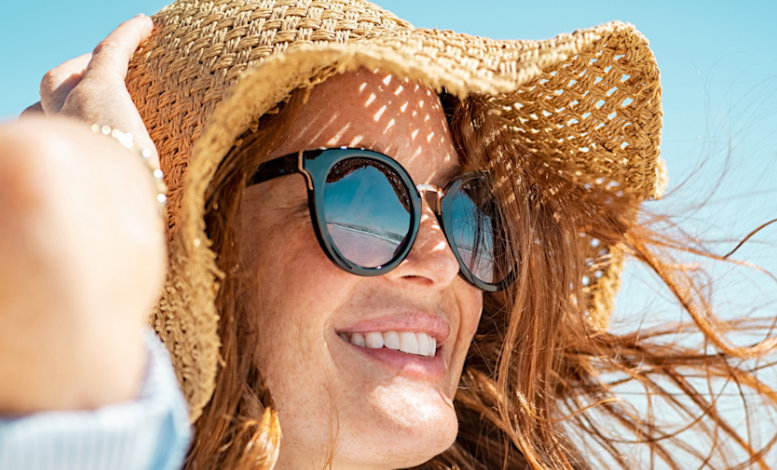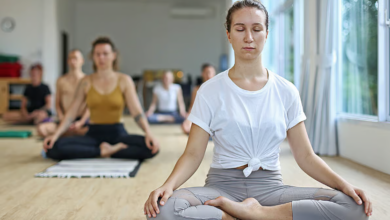How UV Radiation Affects Your Eyes and Why Sunglasses Are More Than a Fashion Accessory

Sunglasses have long been seen as a stylish addition to an outfit, but their true purpose goes far beyond aesthetics. They serve as a critical line of defence against ultraviolet (UV) radiation — an invisible form of light from the sun that can cause lasting damage to your eyes over time. Understanding how UV exposure affects your vision helps highlight why wearing sunglasses isn’t just about comfort or appearance, but about protecting one of the most delicate and essential organs in your body.
UV radiation comes in two main types that affect eye health: UVA and UVB rays. UVA rays have longer wavelengths and can penetrate deep into the eye, reaching the retina. Overexposure to UVA has been linked to cataract formation and macular degeneration, both of which can lead to permanent vision impairment. UVB rays, on the other hand, are shorter but more intense. They are primarily responsible for sunburns and can also cause photokeratitis — a painful condition similar to having your eyes sunburned. Even short bursts of UVB exposure on bright days can trigger redness, tearing, and a gritty sensation in the eyes.
What makes UV damage particularly concerning is that it builds up gradually over time. The effects are cumulative, meaning every moment spent outdoors without adequate protection adds to the total amount of UV exposure your eyes receive. Unlike the skin, the eyes don’t tan or show early signs of damage, so the harm often goes unnoticed until it becomes serious.
It’s a common misconception that UV protection is only necessary in summer or on sunny days. In reality, UV rays can penetrate clouds, and surfaces like sand, water, snow, and even concrete can reflect sunlight, increasing your exposure. Winter sun, especially at higher altitudes, can be just as harmful as midsummer glare. That’s why eye specialists recommend wearing sunglasses year-round, even during overcast weather.
The right sunglasses act as a shield against these harmful rays, reducing the risk of long-term eye conditions while keeping vision clear and comfortable. To be truly protective, lenses should block 100% of both UVA and UVB radiation — a specification often indicated by a UV400 rating. Anything less may allow invisible but damaging light to reach the retina. High-quality optical materials and coatings can further enhance protection by reducing glare and filtering blue light, which contributes to eye fatigue and digital strain.
See also: Spank Horton Ex Wife: The Life of the Former NFL Player and His Ex-Wife
Polarised lenses also play an important role in comfort and safety. By filtering out reflected light from horizontal surfaces, they significantly reduce glare, making it easier to see clearly while driving, at the beach, or near water. However, polarisation alone doesn’t ensure UV protection — it simply enhances visibility and comfort. For full safety, both polarisation and UV400 filtering should work together.
Wearing sunglasses regularly isn’t just about seeing better in bright light — it’s a habit that protects your vision for the long term. Consistent use can help preserve visual clarity, reduce the risk of eye disease, and maintain a youthful, healthy appearance by preventing squinting and wrinkles caused by glare.
Faded Days Sunglasses exemplify the balance between protection and style, offering full UV400 coverage with lenses designed for clarity and comfort. They serve as a reminder that true eye care doesn’t mean compromising on appearance — it means choosing eyewear that looks good while safeguarding your sight every single day.






